
Bee Facts
Honeybees are wonderful, fascinating creatures. Did you also know...
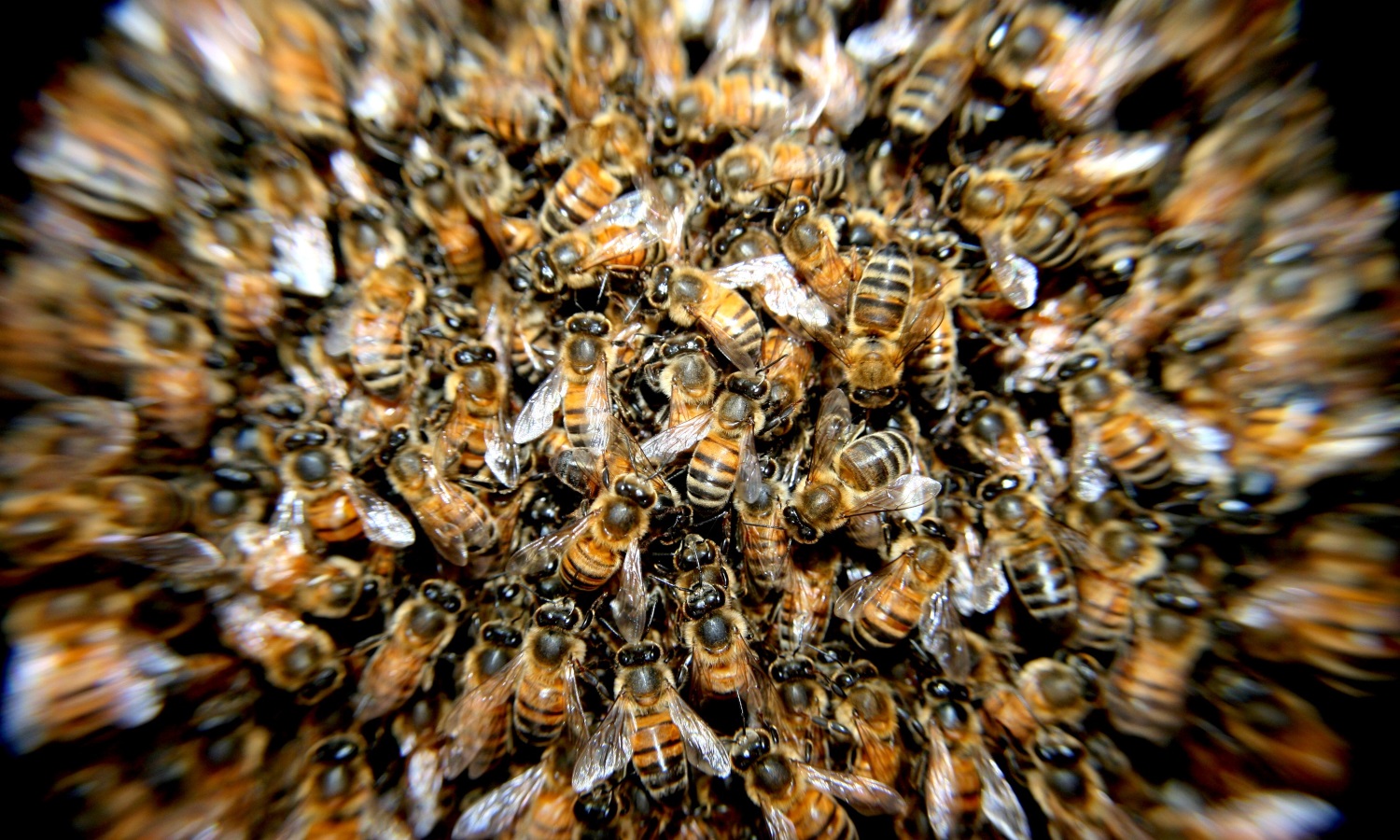
During the winter, the bees cluster in to a large ball in the center of the hive to keep warm. Bees do not hibernate, and during the occasional break in weather will fly outside.

Honey bees communicate with one another in various ways. They have a unique dance language which tells the other bees where nectar and pollen is located, including distance and direction. Bees also use smell, such as the smell of nectar, and especially pheromones, within the hive to communicate among themselves.

Swarming is a normal phenomenon of a hive and occurs during May, June and July timeframes. When the colony has built to sufficient size, a majority of the workers and the old queen leave the hive and start a new hive in a new location found by scout bees.

Bees fly over 55,000 miles just to bring you one pound of honey, and visit over two million flowers. Each bee will visit about 50-100 flowers on each flight.

Drones are males and result from unfertilized eggs. A queen can decide whether to lay a fertilized egg (worker or queen) or an unfertilized egg (drone). Drone eggs are generally only produced from early spring through summer.
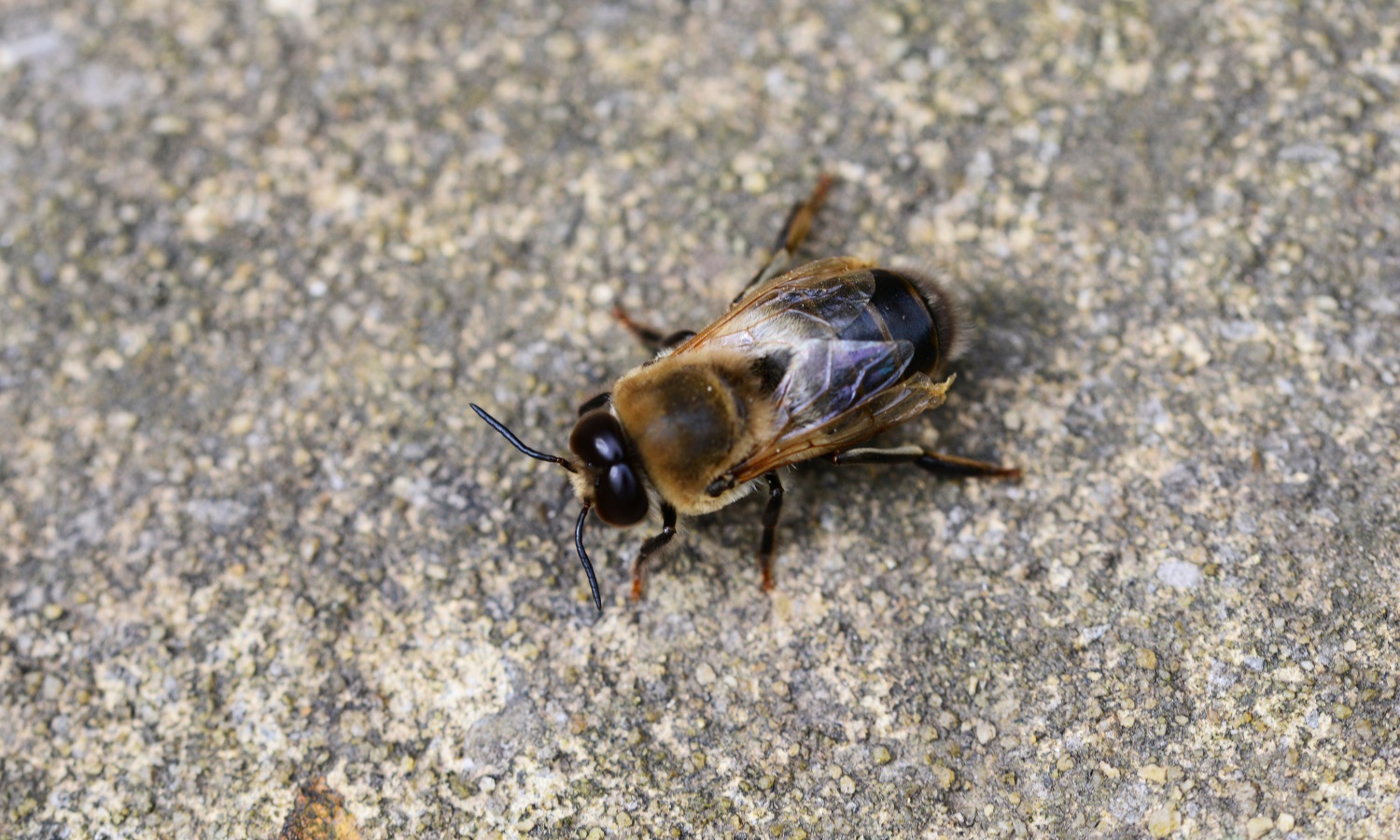
The drone's only purpose in life is to be available to mate with queens. They perform no other work, and are therefore expelled from the hive as winter approaches.
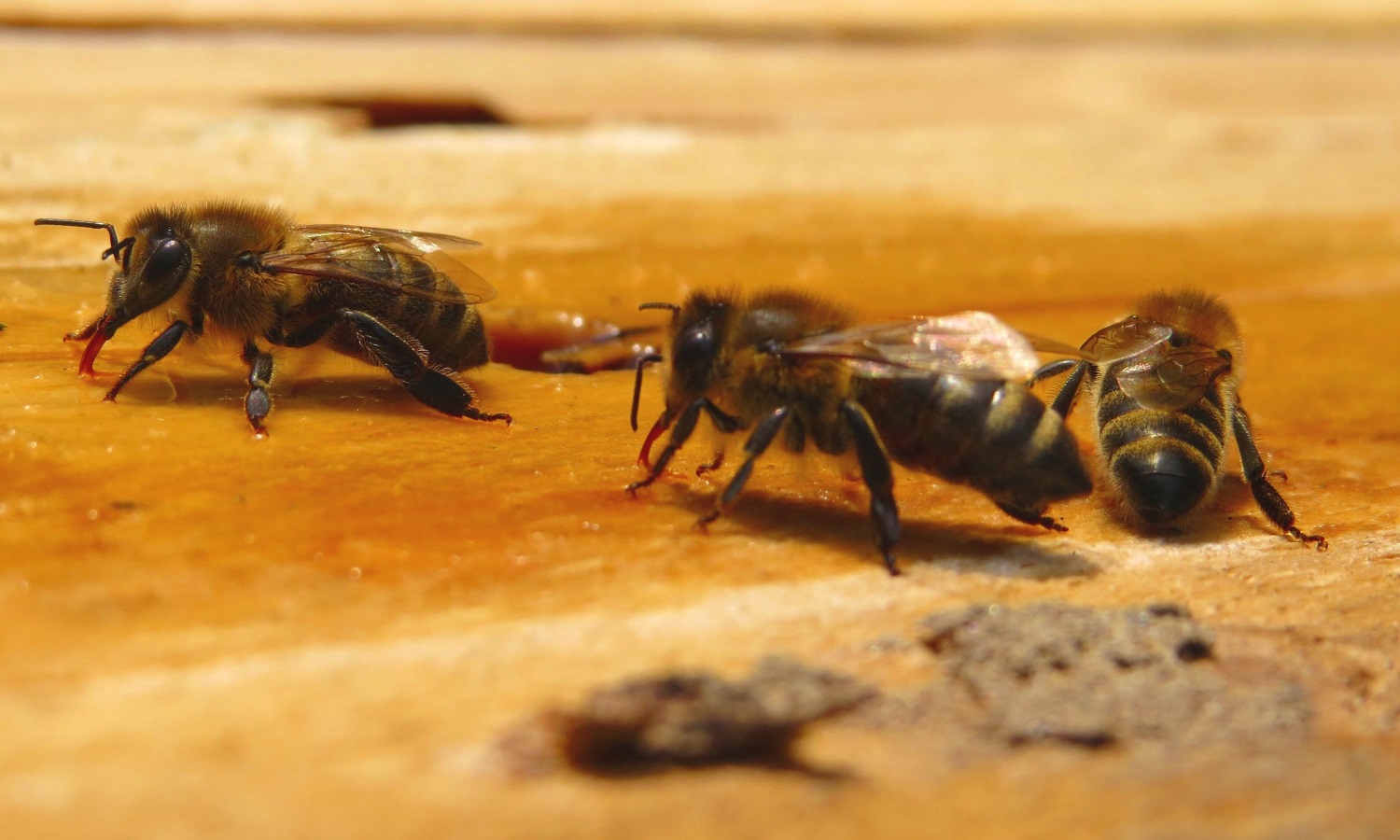
Bees make about 50-100 trips per day, just to collect water. A typical hive can use ½ to 2 ½ pints of water per day in the summer. It takes 400 bees working all day to collect 1 pint of water.
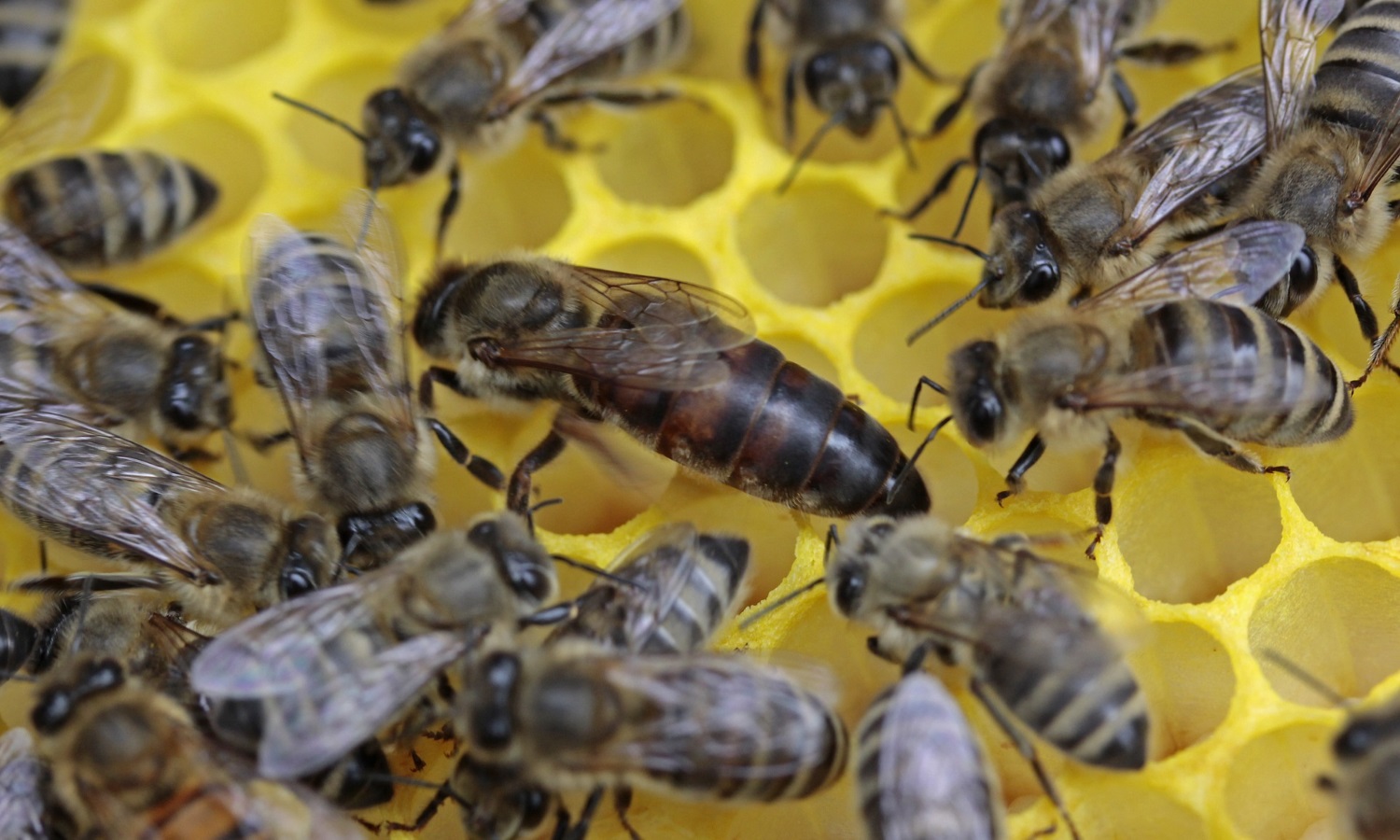
There is generally only 1 queen in the hive. She is the only sexually developed female in the colony and is usually the largest. She will lay, during the summer season, up to 2,000 to 3,000 eggs per day. A queen can live 3 to 5 years (or more), but is usually replaced by either the bees or the beekeeper after 1 to 3 years.
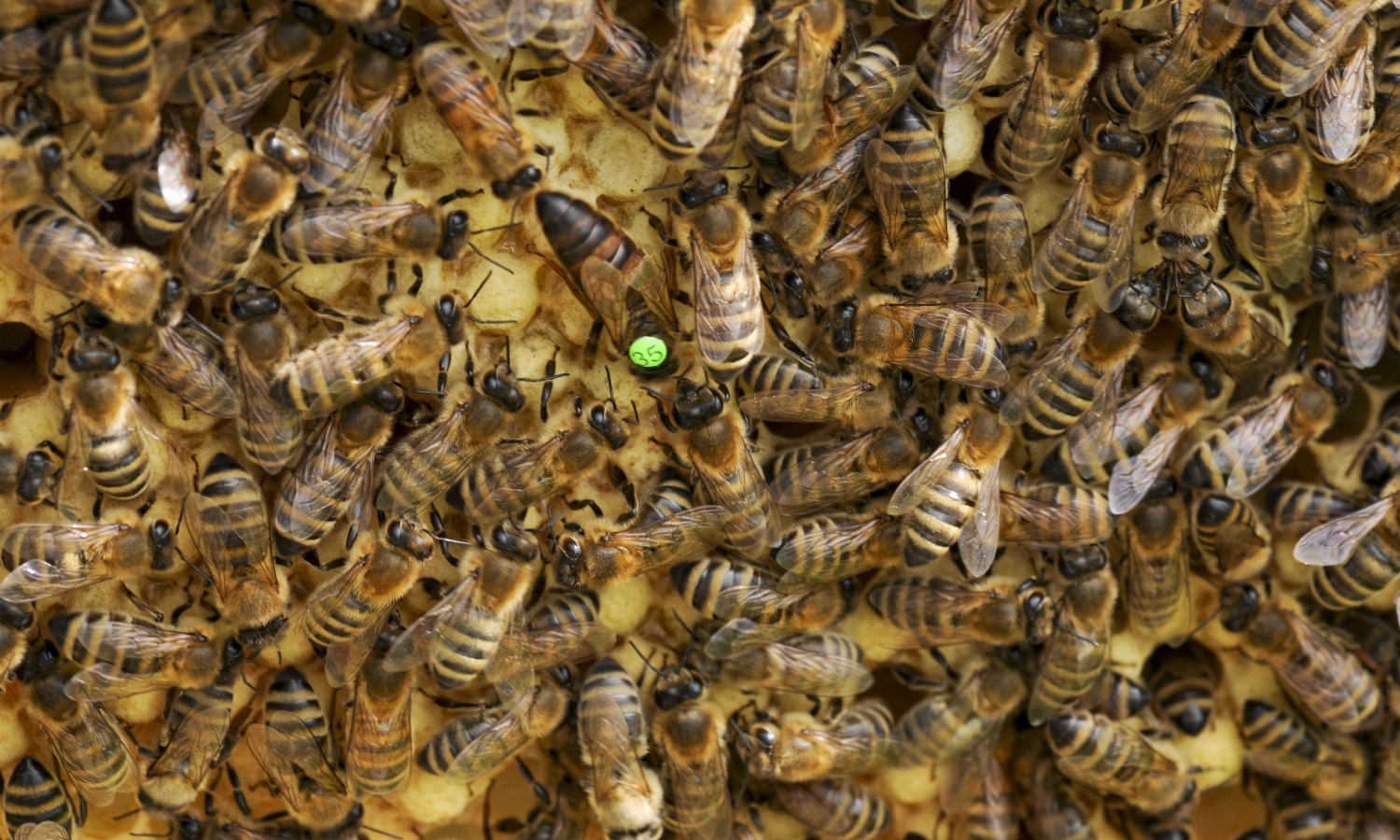
In addition to laying eggs, the queen provides a variety of pheromones to maintain proper functioning of the hive.
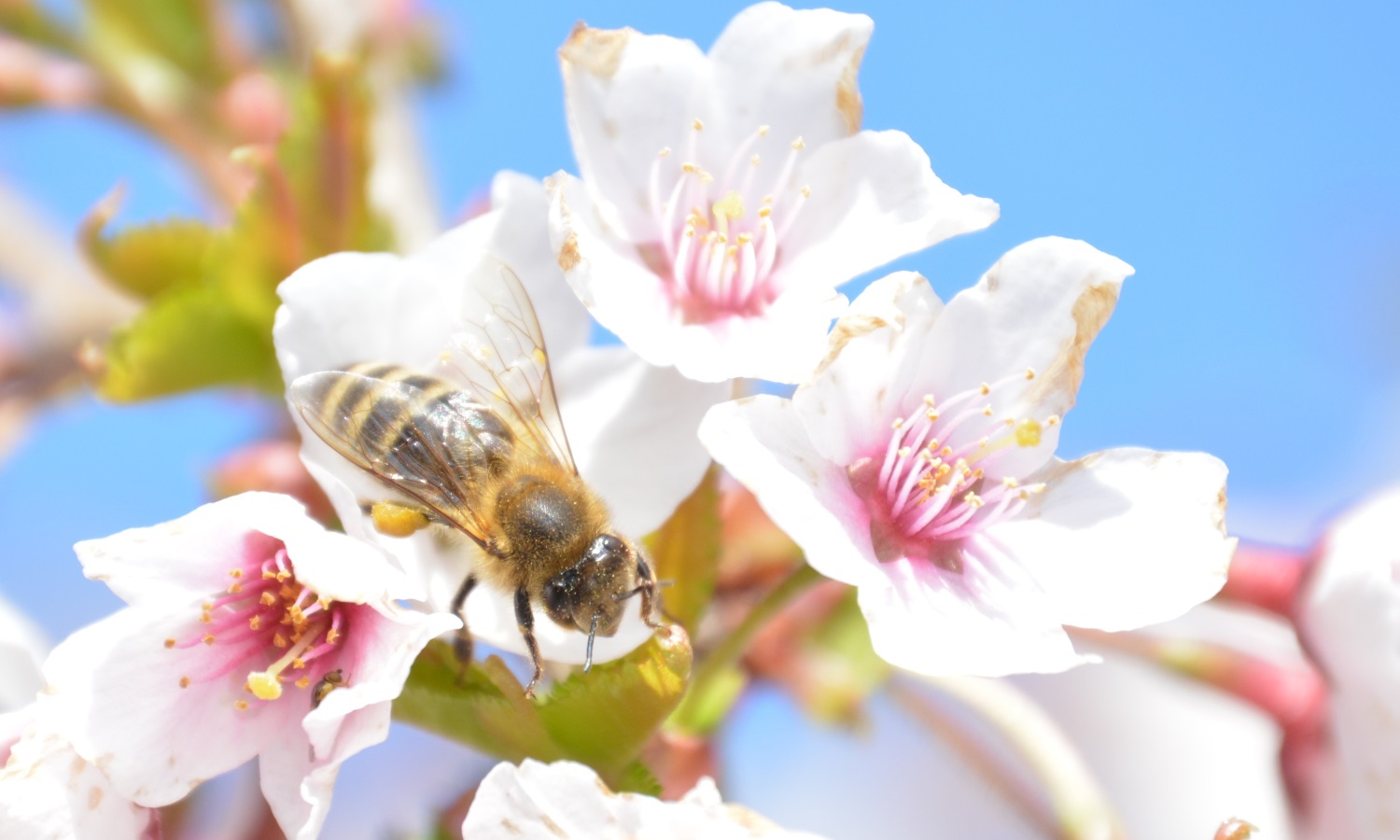
The nectar from flowers, which is primarily liquid sucrose (unrefined sugar), is converted by the bees into honey. Nectar, pollen and water provide all of the nutritional requirements of bees.
